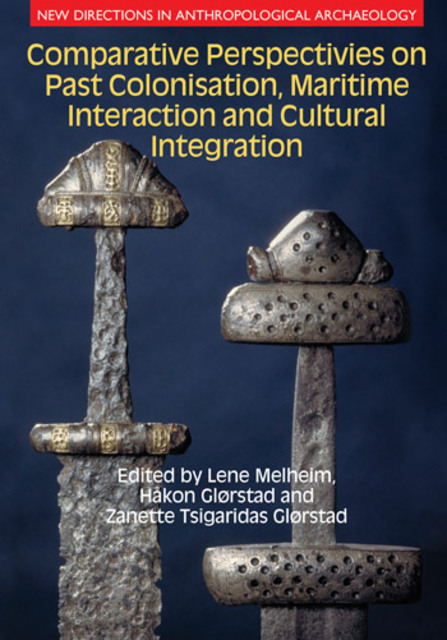Melheim et al./Comparative Perspectives, 1. The Development of the Early Mesolithic Social Networks

Full description
The article written by Aivar Kriiska, Tapani Rostedt and Timo Jussila explores a classic case of pristine colonisation, namely the post-glacial pioneering occupation of the eastern Baltic Sea region in the ninth millennium BC. They argue that social networks developed in this period in the eastern European forest zone, extending over large territories. Social maintenance of these networks included trade in raw materials as well as semi- finished and finished tools. The authors suggest that the flint trade served as a material form of communication, which helped to preserve and emphasise a sense of unity. However, the stretched social networks between small, dispersed groups of hunter-gatherers lasted only for some generations, and an important social shift occurred c. 8500 cal BC, probably due to population growth. As a result, the large networks developed into smaller ones, and imported flint was replaced by local raw material.
- typeImage
- created on
- file formatjpg
- file size67 KB
- container titleComparative Perspectives on Past Colonisation, Maritime Interaction and Cultural Integration
- creatorAivar Kriiska; Tapani Rostedt; Timo Jussila
- isbn9781781793930 (eBook)
- publisherEquinox Publishing Ltd.
- publisher placeSheffield, United Kingdom
- rights holderEquinox Publishing Ltd.
- series titleNew Directions in Anthropological Archaeology
- doi
We use cookies to analyze our traffic. Please decide if you are willing to accept cookies from our website. You can change this setting anytime in Privacy Settings.
